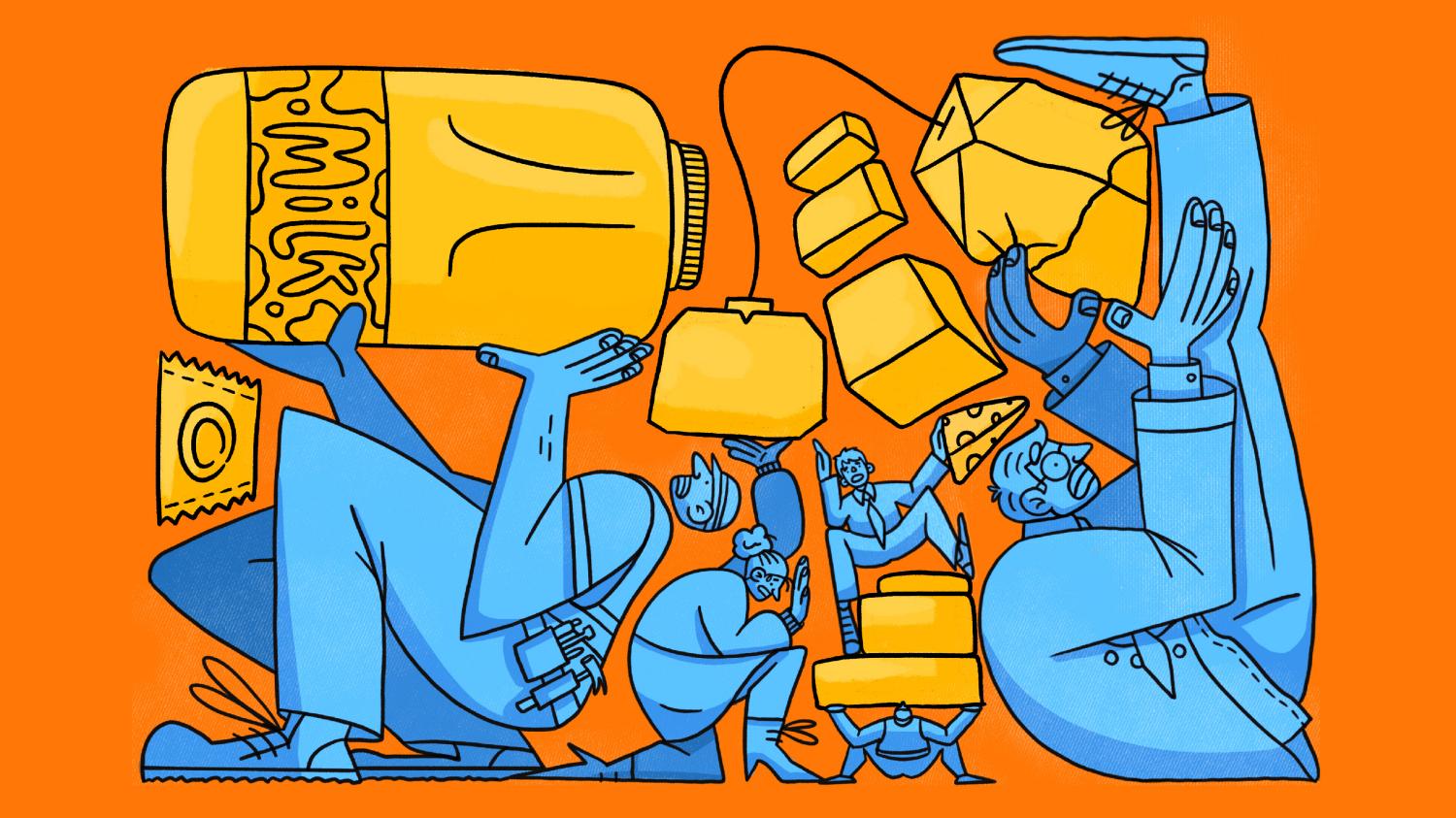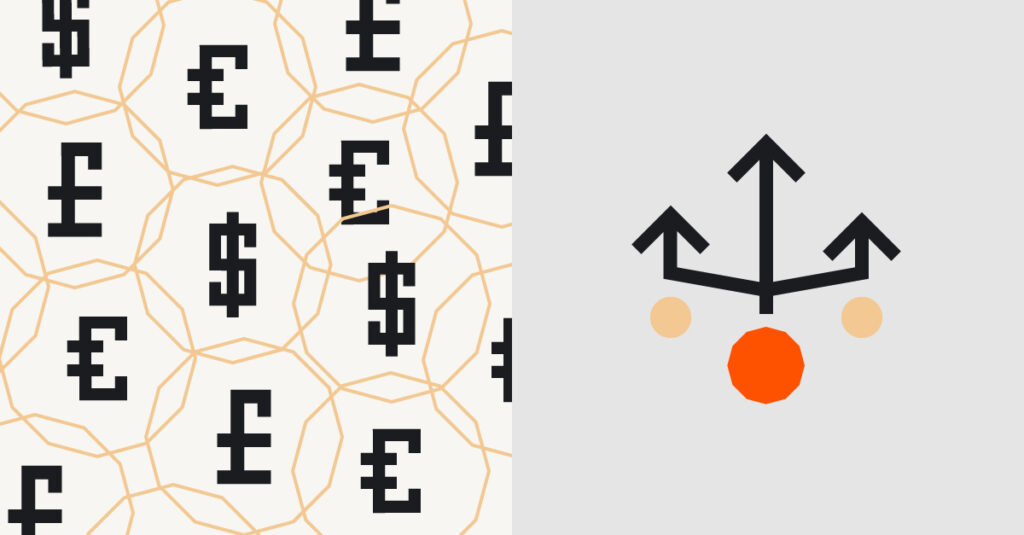SaaS customers are reducing their IT spend. Here’s how solid marketing can help.
SaaS customers are dropping like flies.
Well, not yet. And not in such large numbers – but inflationary pressures are causing IT teams to reduce their SaaS spend. In a recent Workato poll, 57% of IT teams admitted they were under pressure to cut SaaS spend.
It’s common for management to come down aggressively during inflation periods, but in the SaaS markets we’re seeing something new. The economic landscape has become more volatile, yes, but on top of that competition is fierce. It’s easier than ever to build a SaaS product and get it to market. Any company – big, small, or fresh to the table – can become a market disruptor.
What does inflation mean for SaaS marketers?

If you work in SaaS, it’s important to pay attention to changing winds. In a volatile, and potentially disruptive market, there are three clear strategies for marketers to employ:
- A solid value proposition is now a must. IT teams and CIOs are looking for justification, and a value proposition will provide just that. It helps you communicate the value of your product or service over the competition.
- You need to adapt your messaging. Inflationary pressures require a different angle. Messaging that is customer-centric, and intelligently emotive, will better retain your on-the-fence customers.
- Now’s the time to make yourselves seen. With so many SaaS companies competing for your customers’ attention, you need to stand out. Double down on your targeted campaigns across multiple channels.
Why is a value proposition important for SaaS businesses?
Imagine you’re in a bar. A beautiful human sits across from you, sipping on an ice-blue gin. You want to approach, but there’s a crowd in the bar, jostling for attention, and – here’s the rub – all of them dressed like you.
When competition is plentiful, and of a muchness, you need to differentiate your offering from others. Right now, the SaaS market is fiercely competitive, with new players entering the space. Inflationary pressures are causing your IT customers to seek out alternatives and reduces their SaaS spend. Rather than jostle for attention in the marketplace, it’s important to develop and nurture a value proposition. This will ensure you stand out.
A clear value proposition will give you:
- A unique message. Discerning your value in a marketplace paves the way for new, unique messaging. It also gives justifications for your pricing. A “heavyweight” brand can justify inflationary pricing with experience. A new disruptor can justify its pricing based on modernity.
- A focus on specific benefits. Your product will have benefits over others in the market. What are they? How can they be highlighted throughout your messaging? A value proposition will clarify this.
- An audience. A surprising number of SaaS businesses don’t know their audience. Our workshops help you to identify your niche audience segments, and to build campaigns that target them more personally.
Our value proposition workshops help SaaS companies position themselves in the marketplace. Get in touch.
What should SaaS messaging look like amid inflation?
In a pressurized economic landscape, SaaS customers need these key things:
- Justification for SaaS expense
- Customer-centric messaging
- Enhanced value proposition
- Trust and transparency
Justification for SaaS expense
Justifying SaaS expense has, historically, been simple. Cloud expenditure is usually cheaper than on-premises, legacy systems. However, inflationary pricing does give the impression that SaaS products are increasingly expensive. SaaS customers are now putting 53% more toward licensing than they were five years ago.
Your SaaS brand needs to demonstrate clear value (this is where a value proposition comes in) to justify licensing costs. When your customers ask your business to explain inflated pricing, a vague answer is no longer sufficient. The technology market, with SaaS included, is demanding greater vendor-to-customer transparency – and your business needs to have a solid justification for SaaS expense.
Need help justifying your SaaS pricing? Our expert content team can help.
Customer-centric messaging

Economic volatility and inflated pricing models need a different type of messaging.
CIOs, IT teams, and other C-suite SaaS buyers aren’t just under pressure to cut SaaS spend. They are also grappling with the high costs associated with other utilities and technology services. If you’re passing on added costs to your customers via price increases, you need to demonstrate how your SaaS solution can offset these costs. Your messaging will flex depending on your business, and audience segment, but generally you need to generate messaging that pulls on the emotive strings of your customers.
This requires a deep understanding of your customers’ pain points and goals, as well as an understanding of market trends.
Enhanced value proposition
People under high cognitive demand tend to home in on detail. Whilst your IT customers and C-suite executives are under pressure to cut IT spend, they are likely to orientate themselves around granular information.
To effectively communicate the benefits of your SaaS product, specification is important. Use real world examples, case studies, and testimonials to illustrate the value your product provides. Show your customers exactly how your products can help them:
- Increase operational efficiency
- Reduce costs
- Improve customer satisfaction
A value proposition will help you drill down into the specific benefits of your SaaS product.
Discover your value proposition in the SaaS marketplace. Get in touch.
Trust and transparency
Most SaaS businesses operate on a subscription licensing model. This means that:
A) Your relationship with the customer is long-term
B) Trust is an important part of any long-term relationship
Navigating inflationary pressures and price increases is as difficult for your business as it is for the customer. So be upfront about your pricing. Transparency and exceptional customer support will go a long way in a market tainted by the quick sell. Be consistent in your messaging, and your actions, and make sure to deliver on the promises you make.
How do I market my SaaS business amid inflation?
During inflationary periods, there can be a tendency to reduce marketing spend. However, advertising is critical to sustaining the emotional bond you have with a SaaS customer. Reducing advertising can weaken or damage the relationship you have with your customers, for a period of up to two years. A 2018 study by the Ehrenberg-Bass Institute demonstrates that brands that stop advertising for significant periods experience a 16% drop in sales in the first year. That rises to 25% after two years.
With on-the-fence customers, presence is key. You need to anticipate your customer’s concerns, providing:
- Product reassurance
- Pricing transparency
- Real-world benefits
Here’s some tactics for marketing in a recession:
- Adjust your media channels. Determine which channels are most likely to engage customers amid inflationary pressures. If you’re not sure, our agency can advise.
- Focus on specific products and their benefits. Customers are likely to prioritise specific products over others. They are also likely to downgrade SaaS subscriptions, towards lower-tier options. Anticipate and cater for this in your campaigns.
- Generate human-to-human content. The message needs to be – ‘we are here for you. We are human too.’ Create personalized content, from one human to another.
- Double down on marketing efforts. Familiarity with a brand creates loyalty. Consumers are more likely to stick with a brand they are familiar with and recognise.
- Use customer insights and social listening. Real-time data, including social data, can reveal shifts in behaviour and preferences.
SaaS marketing is our thing
Fifty Five and Five, a technology-specialist marketing agency, has over ten years’ experience helping SaaS companies adapt to new landscapes.
Sign up for our discovery workshops, in which we assess your: segment market trends, SaaS competitors, buyer personas, value proposition and messaging and TOV.

